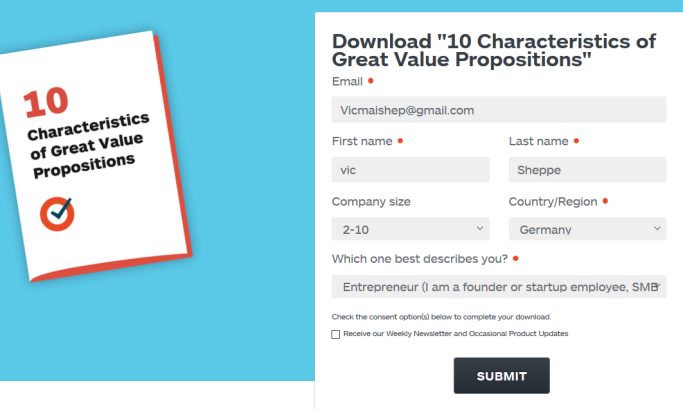An Introduction to Systems Thinking and Wicked Problem Solving
Victoria Sheppard believes it is essential to develop learners’ communicative competence using relevant, task-based training approaches that are also fun. Originally a high-tech sculptor using digital media and now with an MBA in entrepreneurship, she works with a wide range of organizations supporting English training at all levels.
Any innovation has to deliver a lot: it has to offer a great solution, lower risks and costs, have employee buy-in and deal with human biases because innovation brings about change.
Lesson plan: Draw toast
Trainer preparation
- Listen to Tom Wujec’s podcast on Ted Global 2013
- Go to his website and read the instructions*
- Draw toast is great for most participants from CEF A2 upwards and it can be very useful for anyone working in innovation, business development, engineering or when having to design new systems or processes. The SWOT and PESTLE analyses are the same.
With the class
- Have paper and pens ready for your participants to use
- Get them to draw a picture of the process used to make toast (individually)
- Review the drawings as a group and reflect on what and how they have drawn the process.
- Play the Ted.com video (9 minutes)
- Go back to the drawings and discuss them again
- Tom Wujec provides a free toolkit with pdf files to generate great discussions and collaboration projects. (Creative Commons licence)
- There are drawings by others in the gallery as well as systems models as examples: https://www.drawtoast.com/gallery.html
- And, several organisational questions, both strategic and tactical that could form the basis of more discussion: https://www.drawtoast.com/wps%e2%84%a2-questions.html
This process takes about 90 minutes. This approach can be used to address other issues that they may be facing at work. Simply get your group to decide on a problem and solve it together by drawing the process.
For a follow-up class
To develop this approach further you can combine the process with a SWOT analysis: https://en.wikipedia.org/wiki/SWOT_analysis
or a PESTLE analysis:
https://en.wikipedia.org/wiki/PEST_analysis
Participants can work in groups and present their analyses for more in-depth discussion or begin to define a value proposition for their topics
Various considerations
There are more resources concerning Business Model Generation which can help you guide your participants to design new business models and value propositions using a “canvas” template.
The resources are free and the templates can be found in the internet. The canvas can be used to visualize and communicate the participant’s current or desired business model. There are short podcasts to explain the process too. https://www.strategyzer.com/books/business-model-generation
Value proposition design focuses on creating new products and services that customers might want https://www.strategyzer.com/books/value-proposition-design
As there is a lot of material it is a good idea to download the main template and then assign research tasks to your participants.
On this link the background information needed for the templates can be reviewed by the participant and reported back to the group. You are then making them the expert for that particular question. But you will have to fill in your email address to do so.
https://www.strategyzer.com/resources/canvas-tools-guides

These types of task-based approaches are especially suitable for participants involved in business development, entrepreneurial or organizational activities as well as engineering and innovation. They involve creative thinking, analytical skills and the ability to work in teams whilst problem solving. The role of the trainer is that of facilitator and coach.
Please check the Pilgrims f2f courses at Pilgrims website.
Please check the Pilgrims online courses at Pilgrims website.
An Introduction to Systems Thinking and Wicked Problem Solving
Victoria Sheppard, GermanyCommunicative Dimension of Dignity in Second Language Teaching
George Bradford Patterson, US